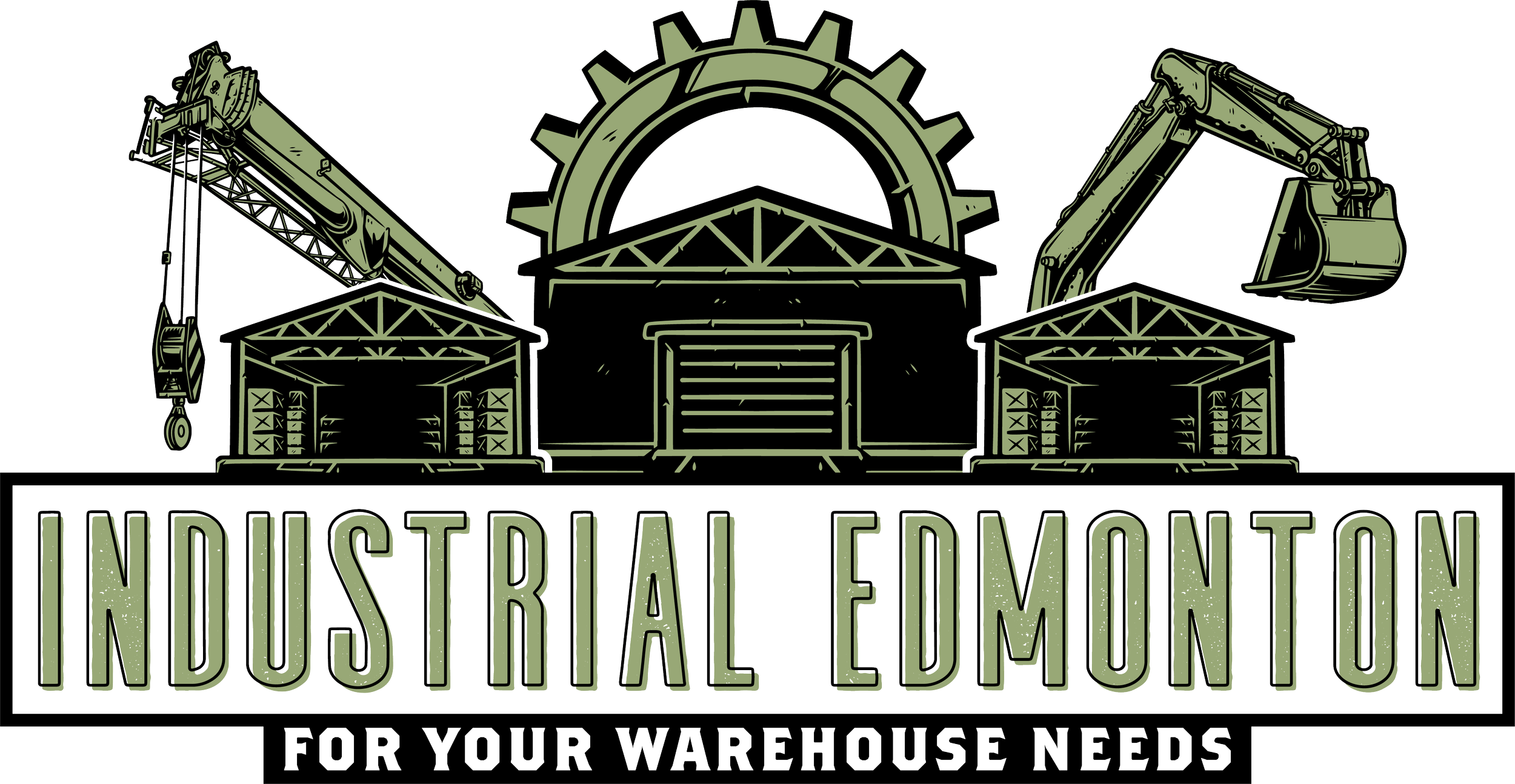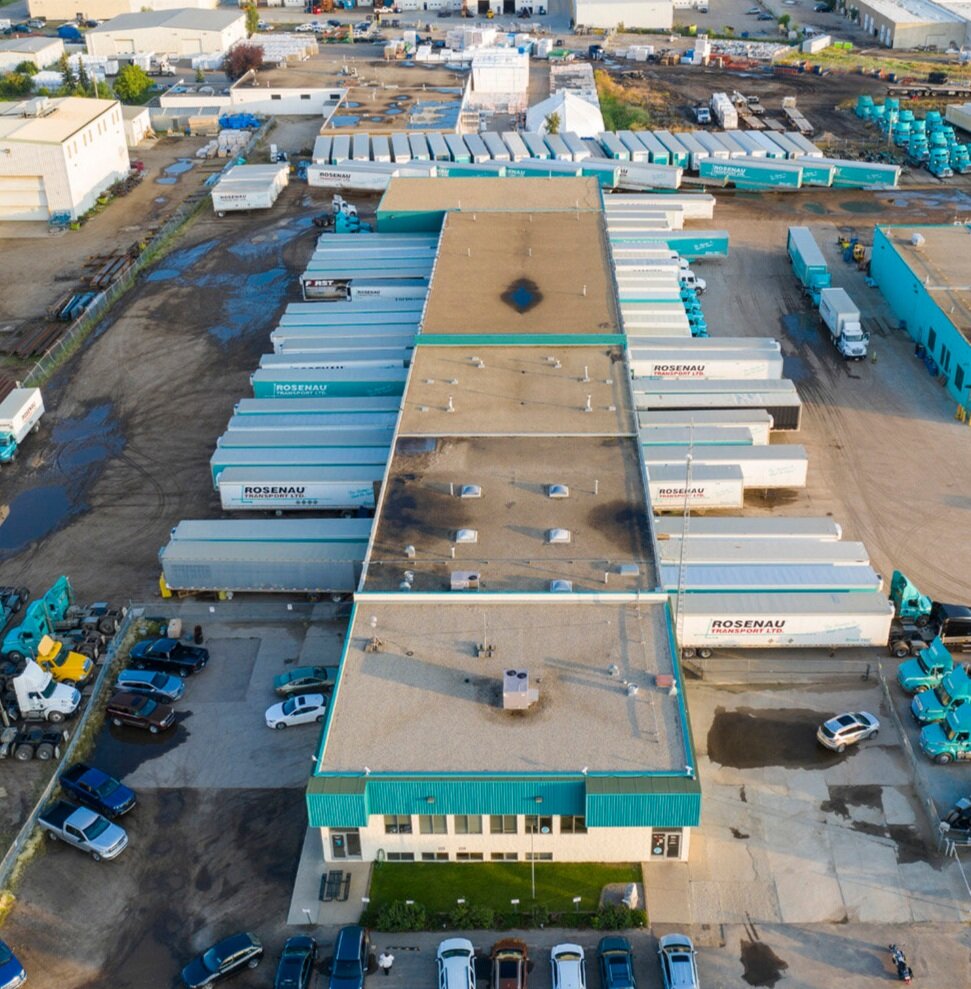Cross-Docking Efficiencies in Supply Chain Management, with an Industry Expert
I recently had the opportunity to get a better understanding of cross-docking and supply chain management with Rosenau Transport President, Ken Rosenau.
A bit of background, Rosenau Transport is Western Canada’s largest privately-owned shipping services carrier with over 28 terminal locations throughout four Canadian provinces. This family owned and operated business was founded in 1957 in Calgary, Alberta, and over the past 64 years, has expanded its network and services to become one of the pre-eminent carriers in Western Canada, integrating all levels of the supply chain. Rosenau utilizes cross-docking in their business model to improve the efficiency of transporting freight from point A to point B in an expedited manner, a critical component in today’s consumer demands.
So what is cross-docking, and why are so many corporations, multinational and local alike, turning to this model of distribution to streamline their global supply chain?
What is the difference between cross-docking and warehousing?
Broadly speaking, cross-docking is a transfer of freight from an inbound carrier “crossing the dock” to an outbound carrier, with minimal latency time in the building. Products move smoothly from the receiving dock area to the shipping dock area after being scanned, sorted and redistributed based on their final destination. In a typical cross-dock, freight spends less than 24 hours within the building before being shipped out, unless the freight has an appointment, whereas typical warehousing stock can remain within the warehouse for extended periods of time until requested at its final destination.
Warehousing used to be the model of efficiency, allowing distributors to meet fluctuations in consumer demand by storing excess goods and moving product through their supply chain as needed. However, innovations in technology, logistics, transportation, and inventory management have reduced the need for large quantities of stock on hand. Businesses are now finding ways to incorporate the cross-docking process so that some goods don’t go in to stock at all, but move purely through the supply chain.
Aerial image of the Former Rosenau Cross-Dock Terminal in Edmonton, Alberta.
What are the advantages of cross-docking?
The main functional value of a cross-dock is that instead of one truck taking multiple packages to multiple destinations, the freight can be offloaded at the cross-dock and redistributed so that each truck can take the multiple packages to a single destination (see image below). This in turn:
Reduces delivery times
Increases product quality
Increases service levels
Reduces transportation costs
Reduces overall fixed costs
Reduces warehouse storage requirements
Reduces inventory costs
Reduces material handling
Reduces damage from material handling
Reduces labor costs
LEFT IMAGE: Without Cross-Docking; Inefficient RIGHT IMAGE: With Cross-Docking; Efficient
What technologies and tools help streamline cross-dock and supply chain management strategies?
Cross-docking enables the consolidation of less-than-truckload shipments into full truckloads without long-term storage. As there is no storage buffer inside a cross-dock, there must be strategic synchronization among all levels of the operation. This begins at the initiation of the supply chain where the manufacturer bears a large responsibility to package, label and track their freight accurately so the cross-dock can function most efficiently. In order to encourage the seamless flow of goods, a warehouse management system (WMS) is integrated offering visibility into the inventory of a business to manage the fulfillment operations, including receiving, cross-docking, inventory control, order picking, replenishment, packing, and shipping.
Hardware items also contribute to the efficiency of a cross-dock such as conveyors, bar code scanners, trailer and dock scanning systems, RFID equipment, forklifts, sealing equipment, labeling equipment, and many more.
With respect to the transportation, further technologies are frequently utilized such as GPS tracking, camera systems, electronic logging devices, trailer tracking, temperature tracking, etc.
All of this data is electronically tracked, stored, and processed through the operation, which results in exponential benefits for businesses and their distribution channels. As Ken Rosenau elaborated, “the data we collect everyday has allowed us to modify our operations to a level where we can predict trends and volumes.”
There are many industries that have integrated cross-docking into their supply chain to reap the immense benefits of this system. Specific examples of industries who have benefitted are:
Consumer Goods, such as Walmart, Amazon, and Unilever to help get products into consumer hands cheaply and quickly;
Food and Beverage due to the perishability of their goods, and the expensive nature of longer term cold storage space; and
Chemicals & Hazardous Materials, also due to the intricate and expensive requirements of storing these temperamental freight items.
Many other industries have taken the steps to utilize this operational efficiency in their supply chain. If you feel this is something your business could benefit from, see below links of the former Rosenau cross-dock site for sale in Edmonton, Alberta:


